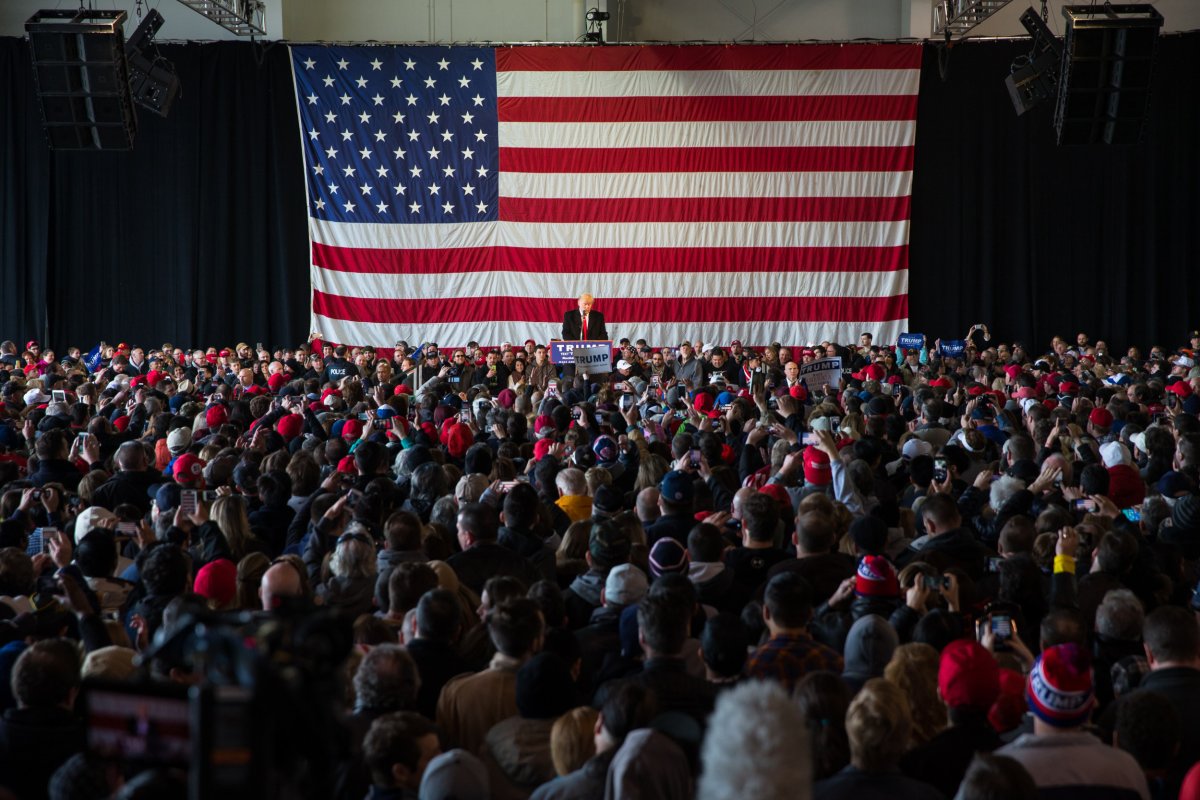A new public health study released by University of Toronto researchers found that rising mortality in white Americans is partly due to perceptions that they are losing social status.
The paper, titled "Growing sense of social status threat and concomitant deaths of despair among whites," highlights this population health phenomenon that has been unfolding for the past two decades.
Mortality rates seldom rise unless a society is subjected to something disastrous, like a major economic crisis, an infectious disease epidemic or war. But there has been an increase in working-age mortality rates for just one group in the United States since 1999, and that's non-Hispanic whites.
"This is a startling finding," said Arjumand Siddiqi, lead author of the study.
Siddiqi, an associate professor of epidemiology at the Dalla Lana School of Public Health, went on to say this could be the first time that a widespread population health phenomenon cannot be explained by social or economic status disadvantage, and instead has been driven by "a perceived threat to status."
"The anxiety of whites is coming from a misperception that their dominant status in society is being threatened, which is manifesting in multiple forms of psychological and physiological stress," said Siddiqi.
This stress has resulted in what researchers call "deaths of despair." While mortality rates trend higher for whites, the increased causes of death have been due to alcohol consumption, opioid use, opioid overdose and suicides. According to the study, rising chronic diseases—which includes hypertension and obesity—also contributed to this trend.
"Status is a major predictor of health so our team hypothesized that it was a perception among whites that Blacks are economically catching up to them, when, in fact, income inequality and other socioeconomic factors continue to affect Black Americans more unfavorably," said Siddiqi.

During the presidential election in 2016, Donald Trump's campaign promoted widespread xenophobia. Survey data later revealed that voting for Trump was connected to the fears of white Americans concerned about increased racial diversity within the country and globalization outside of the country.
"With the very real rise in economic instability over the last several decades, we'd expect mortality rates to rise in the most socioeconomically disadvantaged groups of all races," said Siddiqi.
"But this is not the case. Instead we're seeing a striking reversal among working-age whites, which seems to be driven principally by anxiety among whites about losing social status to Blacks, even in the absence of evidence, which is a newly identified population health phenomenon that requires further research," she added.
While the most negative outcomes in the paper were concentrated in white Americans with high school degrees or less, signs of stress and elevated anxiety leading to a rise in mortality was reported through every level of education.
Correction: This headline was changed to more accurately reflect the story.
Uncommon Knowledge
Newsweek is committed to challenging conventional wisdom and finding connections in the search for common ground.
Newsweek is committed to challenging conventional wisdom and finding connections in the search for common ground.
About the writer
To read how Newsweek uses AI as a newsroom tool, Click here.








